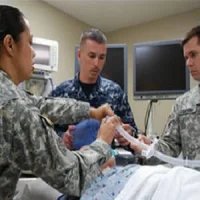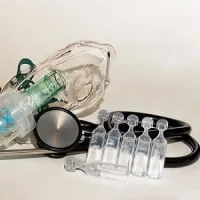Despite proven benefits of proning patients with ARDS (Guérin et al. 2013), patients with ARDS are seldom put in prone position. A one-day prevalence study of prone positioning in ARDS patients, organised by the European Society of Intensive Care Medicine (ESICM) Acute Respiratory Failure Section, found low rates of proning, similar to those in found in the LUNG-SAFE study. Principal investigator, Claude Guérin, presented preliminary results of the ARDS and PROne position NETwork (APRONET) study at LIVES 2017, the 30th annual congress of ESICM.
APRONET was a prospective multicentre, international 1-day prevalence observational study to ascertain rate of use of prone positioning. Secondary endpoints were reasons for not proning, characteristics of proned and not proned ARDs patients, physiologic response to prone, complications of proning, and concurrent treatments. The study was repeated four times, in April, July and October 2016 and last in January 2017. Each time each centre could choose among four predetermined days (5 or 12 or 19 or 26). Patients were included if they had ARDS on the day of the study, by the Berlin definition, were 18 years or older and receiving invasive mechanical ventilation.
735 ARDS patients receiving invasive mechanical ventilation were included in the analysis. Out of the 735 ARDS patients 101 (13.7%) were proned. There was a low rate of complications.
The most common reason for not proning was that the patient was not severely hypoxaemic enough. Guérin suggested that this may be because prone is still seen as a rescue measure. Other reasons given were mean arterial pressure, at end of life, had tracheotomy or abdominal issues or were being weaned. 667 patients (91%) had plateau pressure Pplat measured, as compared to 40.1% in the LUNG-SAFE study (Bellani et al. 2016).
Further analysis of APRONET is underway and publication of the full results is expected by the end of 2017, said Guérin, including looking at differences in practice between countries.
Watch an interview with Claude Guérin about the preliminary results
https://www.esicm.org/ictv-prone-positioning-in-ards-apronet-update-may-2017/










